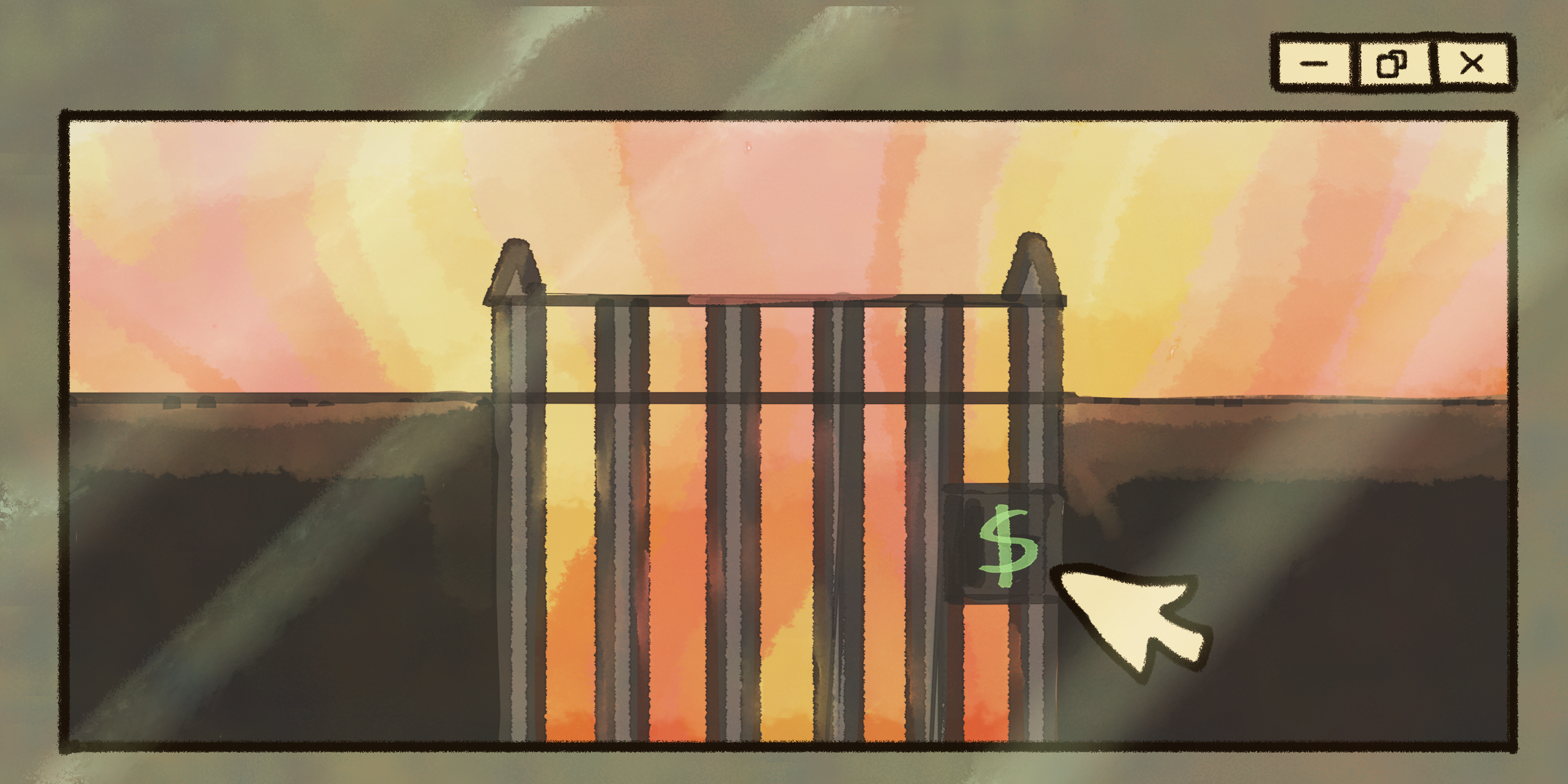Can the journalism industry afford to put down its paywall?
On Saturday, April 29, comedian Roy Wood Jr. took the stage as host of the White House Correspondents’ Dinner in Washington D.C. The dinner is an annual fundraising event for the White House Correspondents Association attended by journalists, celebrities and politicians.
Wood’s performance, applauded as humorous and nuanced, brought up a topic more serious than one might expect from a comedian. Wood asked journalists, and the media outlets who employ them, to question a business model that keeps them afloat: paywalls.
“The issue with good media is that most people can’t afford that,” Wood said during his remarks. “The essential fair and nuanced reporting is all stuck behind a paywall. People can’t afford rent. People can’t afford food […] they can’t afford an education. They damn sure can’t afford to pay for the truth. Say what you want about a conspiracy theory, but at least it’s affordable.”
Paywalls are defined by platform developer Mighty as “a digital gate that is used to monetize content, either completely or partially restricting users from accessing it until payment is made.”
A 2019 study, conducted by Harvard Business School professor Doug J. Chung, assessed the impact of paywalls on media outlet subscription and advertising income, and reported that the use of paywalls correlates to a rapid decrease in print sales.
The study found that between 1990 and 2017, as the use of paywalls increased, daily print circulation in the U.S. decreased from 62 million to 31 million on weekdays and from 63 million to 34 million on Sundays.
A 2022 study by the International News Media Association analyzed 473 new websites across 33 countries and found that 41% utilized a paywall to control access to its content.
Thoughts about whether or not paywalls should be used varies among journalists.
Veteran news reporter and DePaul University journalism professor Sheila Clancy has an insider’s perspective on the issue and is supportive of the paywall structure.
“People outside of journalism might not fully understand how much time, effort and cost goes into producing news, whether it is online, television, print or radio,” Clancy said. “People used to pay for magazines and newspapers, why not pay for online content? How do they suppose news outlets pay reporters and editors?”
Nathan J. Robinson, who is the editor-in-chief of the magazine Current Affairs, expressed his frustration on the current media landscape. Robinson compares media outlets utilizing paywalls with academic journals who charge a fee to access published studies. In both instances, Robinson says the peer-reviewed, fact-checked information should not be locked behind a barrier.
“It costs time and money to access a lot of true and important information, while a lot of b—t is completely free,” Robinson said in an editor’s note on the Current Affairs website that he titled, “The Truth Is Paywalled But The Lies Are Free.”
Journalist Brandy Zadrozny investigated the harm those “free lies” can cause while producing the NBC News podcast – Tiffany Dover is Dead.
The podcast covers the story of Tiffany Dover, a Tennessee nurse who fainted on live TV shortly after receiving her first dose of the COVID-19 vaccine.
Zadrozny reports that a video clip of Dover, who has a history of fainting, immediately became misrepresented and misused on the internet by anti-vaccination figures falsely saying Dover had died.
The internet speculation led to real-life harassment and forced Dover into hiding. Her disappearance emboldened conspiracy theorists into spreading the lie of Dover’s death.
Zadrozny attempted to speak with Dover for the podcast, but was unable to make a connection during her initial reporting. Dover reached out to Zadrozny after the podcast aired and the two eventually met. Even after Zadrozny was able to provide evidence that Dover was alive, she was unable to convince conspiracy theorists to stop spreading lies.
The story of Tiffany Dover highlights how a free, easily accessible conspiracy theory can be harmful. When asked her opinion on paywalls, Zadrozny was conflicted between the financial needs of newsrooms and society’s need to access knowledge.
“I’ve worked in newsrooms with paywalls, and I understand how the model can fund exceptional journalism,” Zadrozny said. “But generally, I’m a child of the internet and a former librarian and I think information wants to be free.”
Zadrozny, concerned that money has become a barrier for the truth, echoed Wood’s sentiments.
“I don’t know … how we fund quality journalism,” Zadrozny said. “But it can’t be by withholding it from people who can’t afford to pay.”
Header by Julia Hester




NO COMMENT